Features
5-channel equal power output
5 channel equal power is a feature used in Denon Amplifiers with the means of connecting 5 speakers independantly which do not require separate power amps connected via the pre-outs. This compliments the sound formats from Dolby and DTS that support 5.1 surround. The amplifier has built in separate internal amplifiers to power each channel independently, this system ensures that the 5 major channels Front Left, Front Right, Center, Surround Left, Surround right. Thus allowing you to enjoy the same high power output, giving a balanced and truly high-impact surround-sound environment.
Audyssey MultEQ-XT with Dynamic EQ
Auto Setup and Auto Room EQ with Audyssey MultEQ XT
The Audyssey MultEQ XT allows room correction and calibration technology. During the Auto Set-Up mode, MultEQ XT automatically determines how many loudspeakers are connected, whether they are connected in phase and whether they are satellites or subwoofers. When it has processed this it then analyzes and calibrates speaker level, size, and distance. In addition, MultEQ XT detects the proper crossover point and determines correct frequency response for up to eight listener positions simultaneously. This is the first system to optimize and compensate the system for more than one listening location at the same time giving nearly every listener in the room a “sweet spot” no matter where they’re sitting. Denon’s implementation of MultEQ XT uses multiple Texas Instruments’ Aureus DSP processors with high-end digital-to-analog converters. Both the Room EQ and Auto Set-Up features can be disabled if required.
Cinema Equalizer
The sound from movie sources recorded in Dolby Digital, DTS, or other formats emphasizes high-frequency range due to a theater’s front speakers being placed behind the movie screen. If this sound is reproduced in the home theater without correction, the high-frequency range is too strong. Denon amplifiers feature a Cinema Equalizer to correct these high-frequency components so that the sound is clearer and easier to listen to. (For Dolby Digital, Dolby Pro Logic II, and DTS surround modes.)
Dolby Digital EX
In a movie theater, film soundtracks that have been encoded with Dolby Digital surround EX technology are able to reproduce an extra channel which has been added during the mixing of the program. This channel, called Surround Back, places sounds behind the listener in addition to the currently available front left, front center, front right, surround right, surround left and subwoofer channels. The additional channel provides the opportunity for more detailed imaging behind the listener and brings more depth, spacious ambience and sound localization then ever before. Dolby Digital EX is not available in the system without surround back speaker(s).
Dolby Digital-Decoder
Dolby Digital is the multi-channel digital signal format developed by Dolby Laboratories. Dolby Digital consists of up to “5.1” channels – front left, front right, center, surround left, surround right and an additional channel exclusively reserved for additional deep bass sound effects (the Low Frequency Effects – LFE – channel, also called the “.1” channel, containing bass frequencies of up to 120Hz).
Unlike the analog Dolby Pro Logic format, Dolby Digital’s main channels can all contain full range sound information, from the lowest bass, up to the highest frequencies – 22kHz. The signals within each channel are distinct from the others, allowing pinpoint sound imaging and Dolby Digital offers tremendous dynamic range from the most powerful sound effects to the quietest, softest sounds, free from noise and distortion.
Dolby Pro Logic II
The Dolby Pro Logic ll decoder reproduces dynamic 5.1-channel surround sound from 2-channel sources such as TV, videos and CDs. Dolby Pro Logic ll uses matrix-decoding technology that has been dramatically improved over Pro Logic. With Pro Logic ll, for instance, the Surround channels are in stereo instead of just mono with Pro Logic, and playback covers the full frequency range instead of just up to 7kHz with Pro Logic. These improvements let you enjoy a wide variety of 2-channel sources with the exciting effects of 5.1-channel surround sound. In Dolby Pro Logic ll, there is a Movie mode (*1) that creates a sound field for movies, a Music mode that does the same for music, and a Pro Logic emulation feature that reproduces sound effects in the way that conventional Pro Logic does.
Dolby Pro Logic II Music: The music mode creates a rich and enveloping surround ambience delivered to the subwoofer, optimizing the visceral of planned rear effects. This mode can only be used with 2-channel audio sources.
Dolby Pro Logic II Cinema: The Cinema mode is optimized for movies or programs with Dolby Surround soundtracks. This mode is also appropriate for use with video game.
Dobly Pro Logic II Game: The game mode was implemented to ensure that the bass impact from pure surround effects are fully delivered to the subwoofer, optimizing the visceral of panned rear effects. This mode can only be used with 2-channel audio sources.
DTS 96/24
DTS 96/24 allows high-quality 5.1 channel sound playback with full-quality, full-motion video. DTS 96/24 allows both digital audio output and video output from your existing DVD player and is backward compatible with existing DTS decoders for normal DTS 5.1 playback. DTS 96/24 actually exceeds the resolution of most film soundtrack masters to date, and will initially apply mainly to high quality DTS music DVD discs.
DTS-Decoder
A data compression method developed by Digital Threater Systems that takes six channels of audio (5.1) and folds them into a single digital bitstream. This differs from Dolby Digital in that the data rate is a somewhat higher 1.4 Mbs, which represents a compression ratio of about 4 to 1.In order to take advantage of this DVD feature, a DTS decoder is required. DTS decoders are installed internally in Denon players and A/V recievers.
HDMI-output (HDCP)
HDMI (high definition multimedia interface), a new connector that bases itself on the DVI-HDCP model. HDMI supports uncompressed high definition video plus multi-channel audio in a single cable using a smaller connector that eliminates the need for multiple cables in home entertainment systems, simplifying installation and eliminating cross technology confusion. It transmits uncompressed digital video so that the picture maintains a high quality of color depth, brightness and contrast. It also supports Consumer Electronics Control (CEC) based on the AV.link protocol so it can be controlled with a universal remote that is used with multiple HDMI sources such as Denon DVD players. HDMI supports bi-directional coommunciation between devices, allowing DVD players to communicate with Plasma’s, LCD screens and Projectors, as long as they are HDCP compatible.
The HDMI connection supports every uncompressed standard, enhanced and high definition video format ranging from 480I to 480P, 720P, 1080I and 1080P as well as existing PAL formats. It also has the bandwidth to support compressed audio formats such as Dolby Digital, Dolby Digital EX, DTS, DTS EX and uncompressed formats (PCM audio) up to eight channels, up to 192kHz, up to 24-bits.
High Definition Multimedia Interface(HDMI) and High Definition Content Protection (HDCP) is a copyright protection system installed on most Plasmas, LCD’s and projectors consisting of a HDMI or DVI input. All Denon DVD players require HDCP compliant displays to be fully compatible. It prohibits the copying of copyrighted material, like onto a VCR or DVD-recorder.
Radio Data System
Radio Data System for VHF/FM broadcasting.
The developers aimed at making radio receivers very user-friendly. Listeners should be able to see the programme service name (PS) on an eight character alpha-numerical display and the transmitter frequency information, as displayed on non-RDS radios, is then only used in the background by an RDS radio. The tuner is able to choose the transmitter frequency, among a number of alternatives, that gives the best quality reception.
Travel information with RDS is currently possible using the Travel Programme (TP) and Travel Announcement (TA) flags.
Once a radio is tuned to a programme service broadcast within a network, using the RDS feature Enhanced Other Networks (EON), additional data about other programmes from the same broadcaster will be received. This enables the listener, according to their choice, to have the radio operating in an automatic switch-mode for travel information or a preferred Programme Type (PTY, e.g. News).
Another feature of RDS is accurate Clock-Time, displaying the time/date when selected.







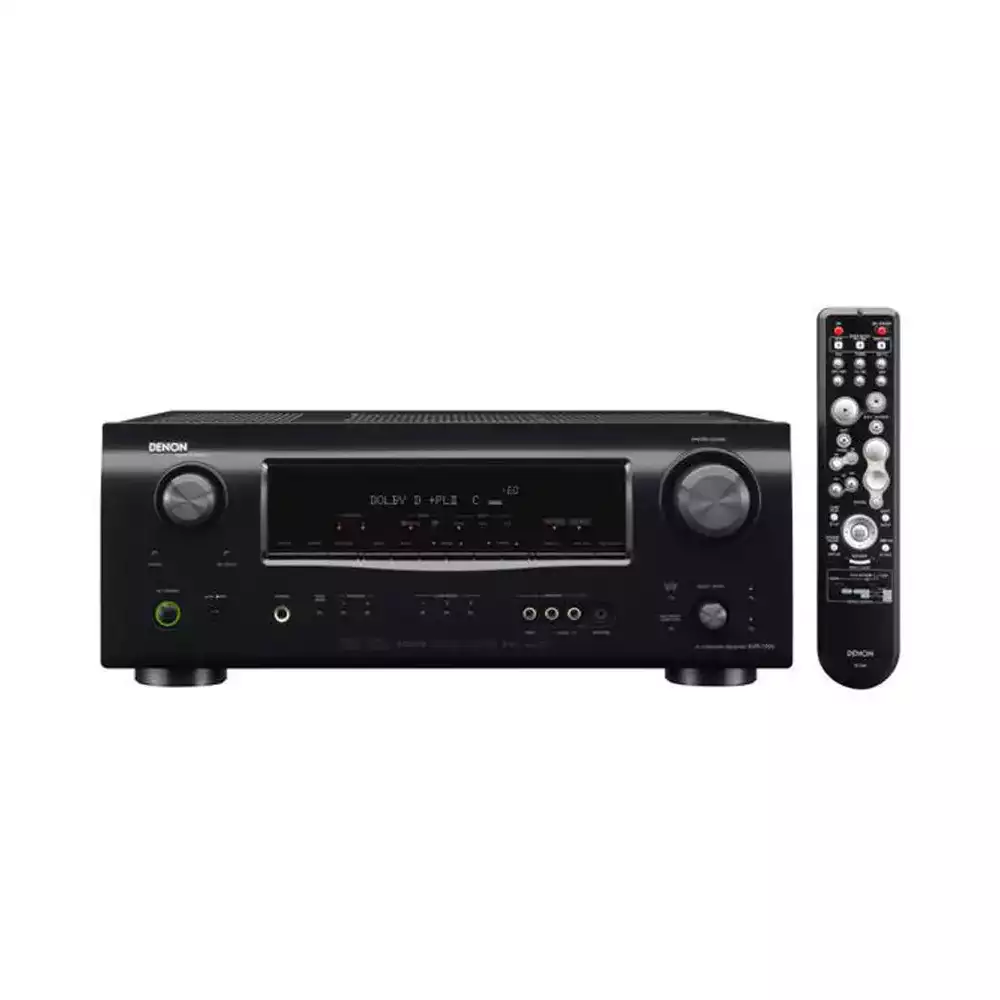
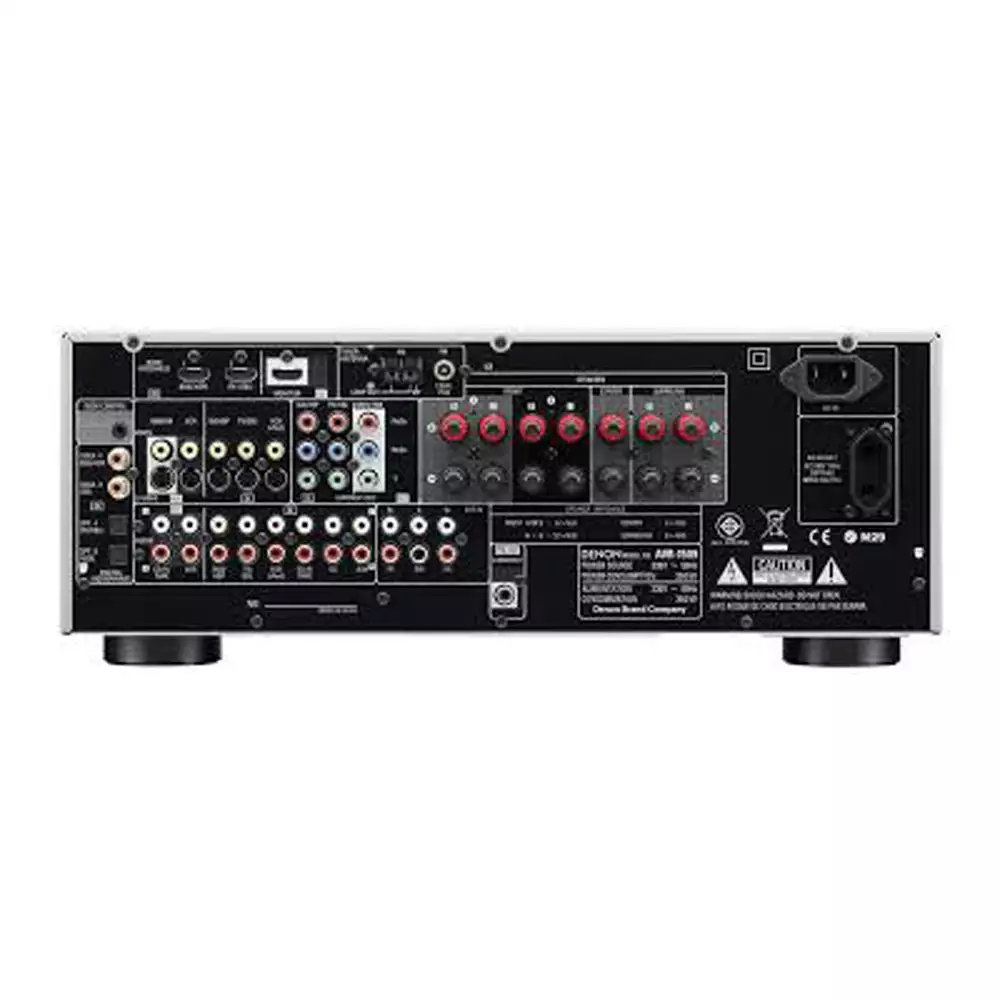
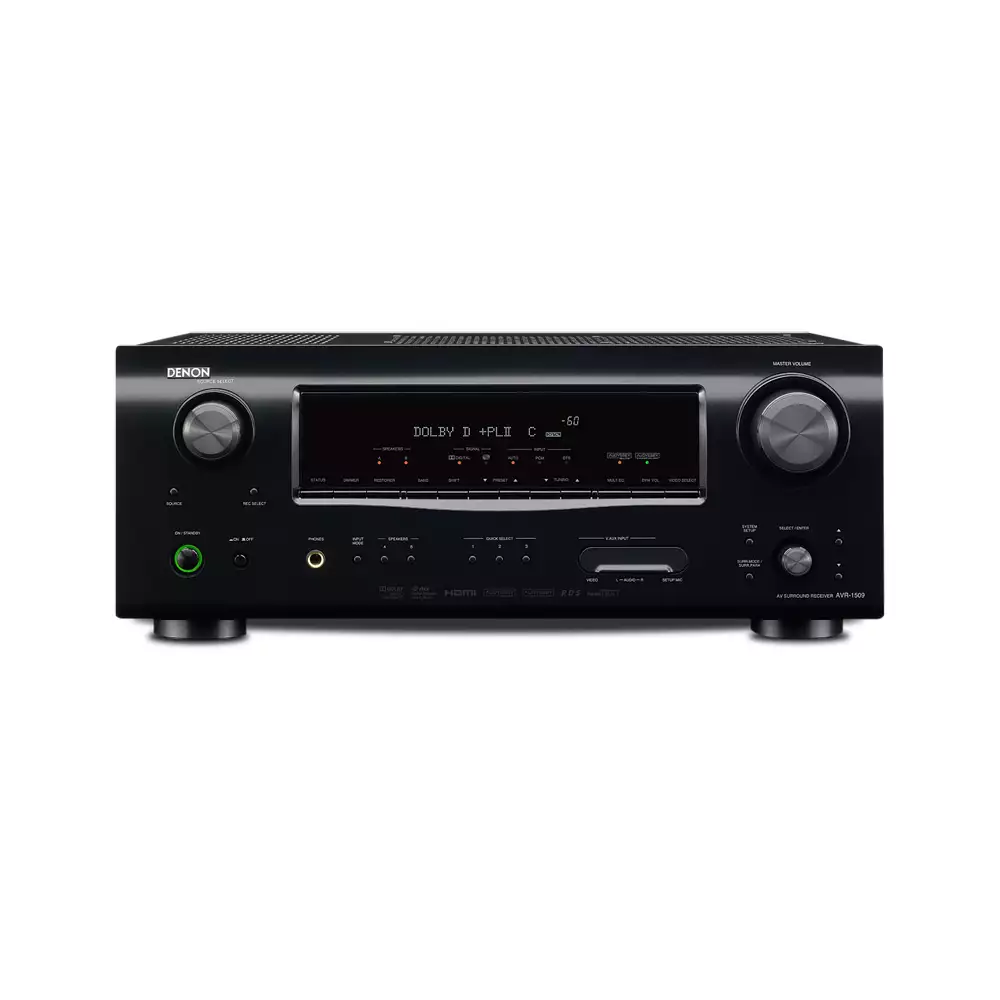
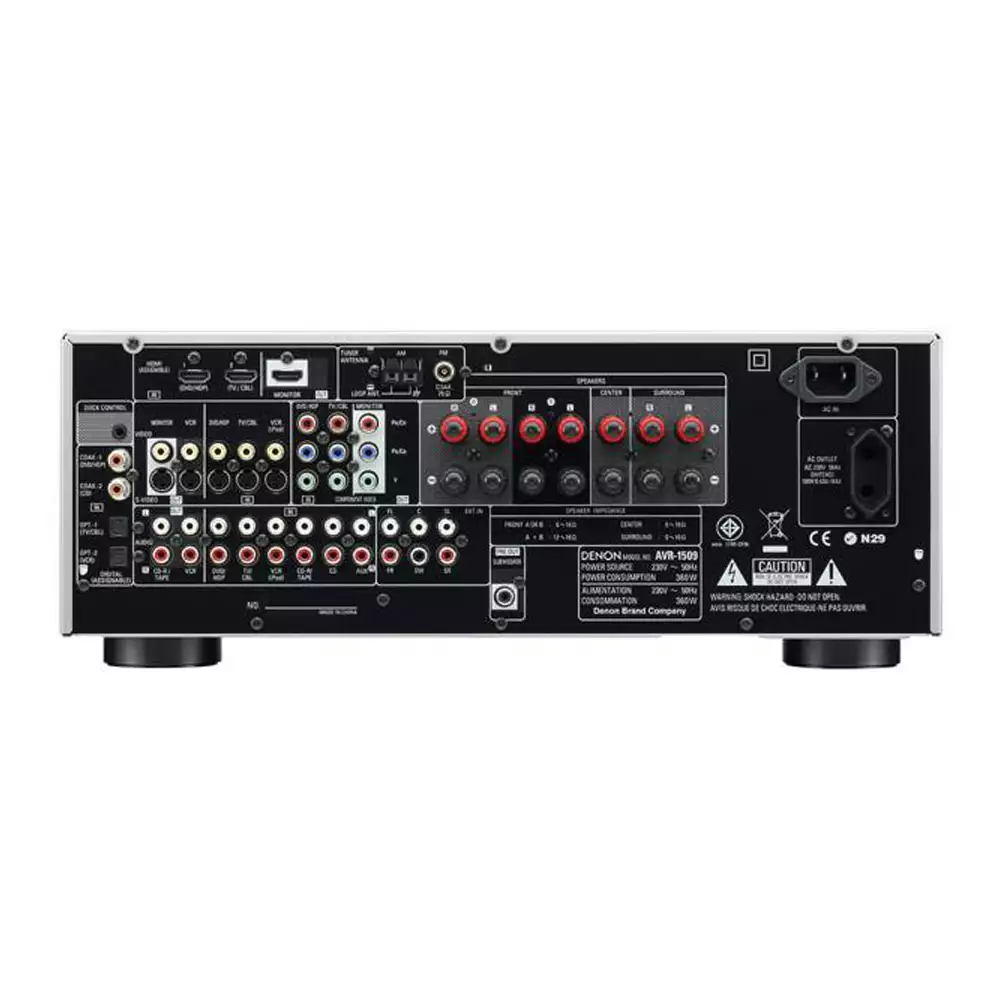



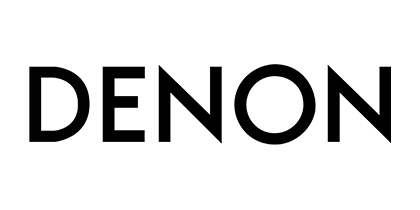


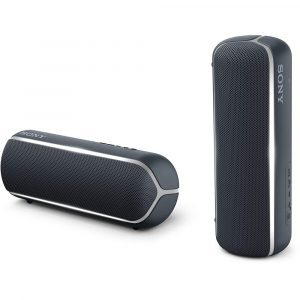




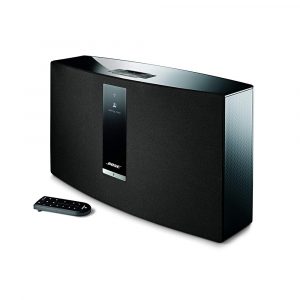

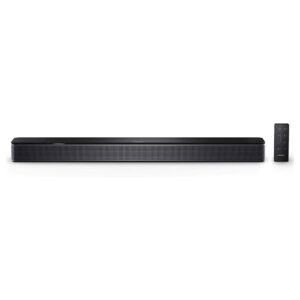


Reviews
There are no reviews yet.